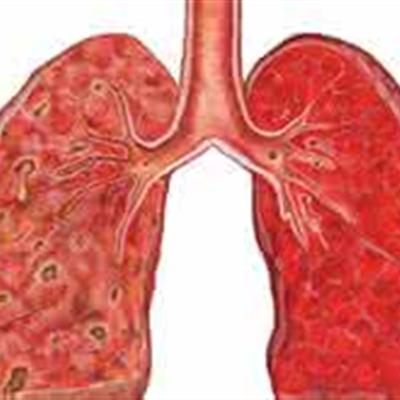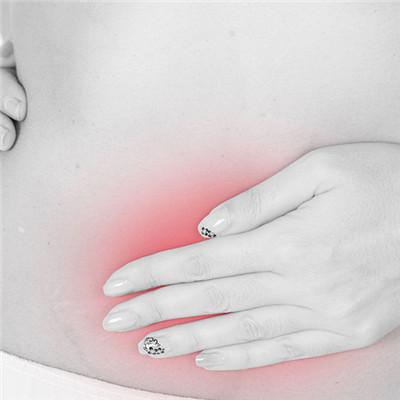What are the symptoms of otitis media in children?
summary
Children are prone to various types of otitis media. Because it is difficult for children to describe the symptoms of earache, ear tightness or hearing loss, it is easy to miss diagnosis and misdiagnosis in clinic, and it is easy to be ignored by family members. It is easy to turn into refractory chronic otitis media. Therefore, we should pay attention to the understanding and popularization of science on children's otitis media. For children, we must pay attention to the cold to observe whether there is earache, purulent performance. That child otitis media symptom we understand?
What are the symptoms of otitis media in children?
Long term ear pus, pus volume can be more or less, sometimes accompanied by bleeding, there is a special stench. However, there is no history of ear abscess in the early stage of acquired primary bile tumor. There are marginal perforation in the upper part of the relaxation or tension part of the tympanic membrane, and sometimes there are gray white scales or bean dregs in the tympanic cavity from the perforation. In a few cases, defects or collapses of the posterior superior bone wall of the external auditory meatus were found, and the lateral wall of the external tympanic cavity swelled outwards. If the perforation of the relaxation part is covered by a layer of scab, if the scab is not removed, the diagnosis may be missed. Hearing tests generally show different degrees of conductive deafness. Because cholesteatoma or granulation may form a false connection between the interrupted ossicles, the hearing loss may not be obvious at this time, and the hearing loss will be aggravated after the lesion is removed by operation. The cochlea was involved in the late stage, and the audiogram could be mixed or neurogenic. Mastoid CT showed bone destruction in the superior tympanum, tympanic sinus or mastoid.

Children common cold caused by acute otitis media, long-term rhinitis, sinusitis and adenoid hypertrophy is also a common cause of acute otitis media. The vast majority of children with secretory otitis media is also caused by chronic rhinitis, sinusitis and adenoid hypertrophy. Chronic otitis media is often secondary to acute otitis media. Trauma of external ear and tympanic membrane can also cause chronic otitis media. After tympanic membrane catheterization, bacteria entering the middle ear through tympanic membrane ventilation tube can also cause chronic otitis media.

Simple type is the most common. Because of repeated upper respiratory tract infection, pathogenic bacteria through the eustachian tube caused by the invasion of the tympanic, also known as eustachian tube tympanic type. Inflammatory lesions were mainly located in the mucosa of tympanic cavity, and the ossicular chain was not damaged. The main pathological changes were congestion and thickening of tympanic mucosa, infiltration of round cells, active secretion of goblet cells and glands. Ear pus is intermittent, pus is mucinous or mucopurulent, generally not smelly.

matters needing attention
Prevention of cold is the basis of prevention of otitis media, if the cold should be treated in time. During a cold, the secretion in the nasal cavity will increase. At this time, it is not necessary to squeeze the nostril tightly to blow the nose, because it can increase the pressure of the nose and throat, and make the nose and bacteria enter the middle ear through the eustachian tube to infect the otitis media. When a child has a cold, we should pay special attention to whether his ears are abnormal, especially for children who have suffered from otitis media.












